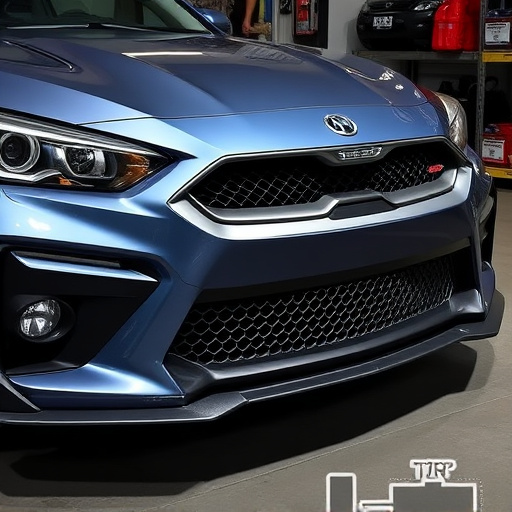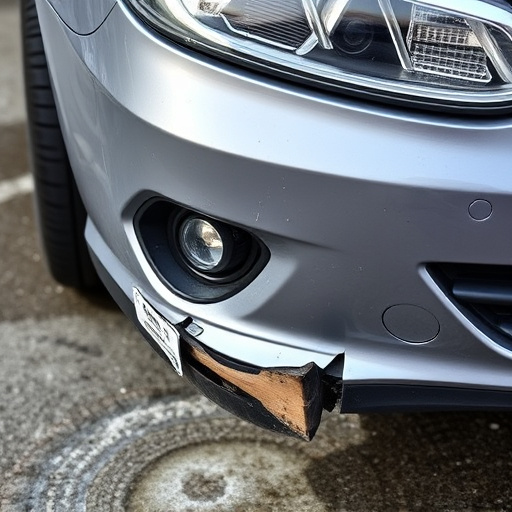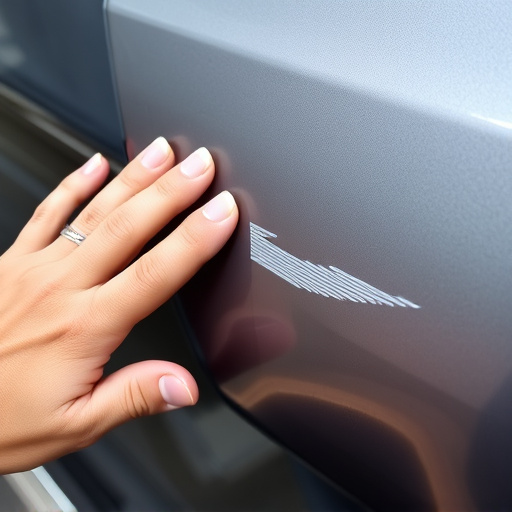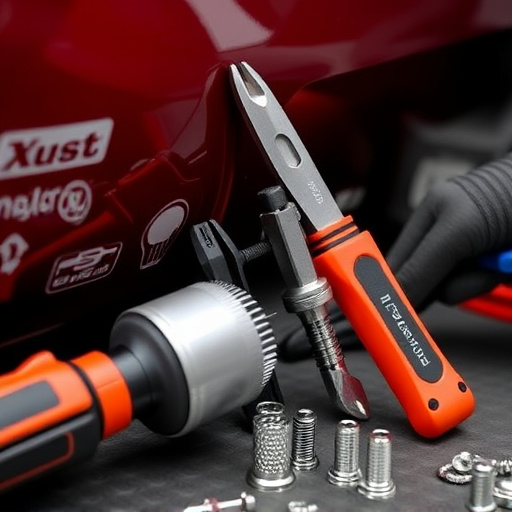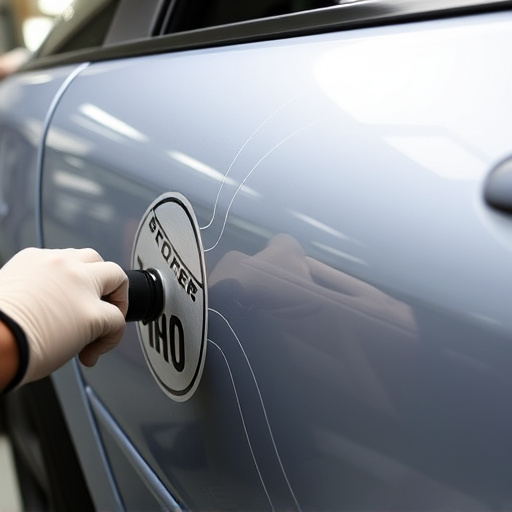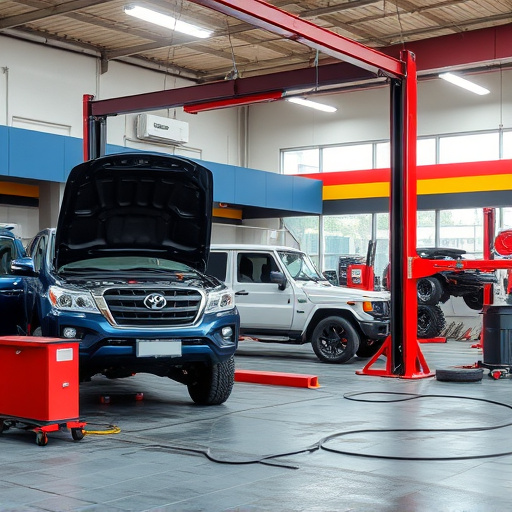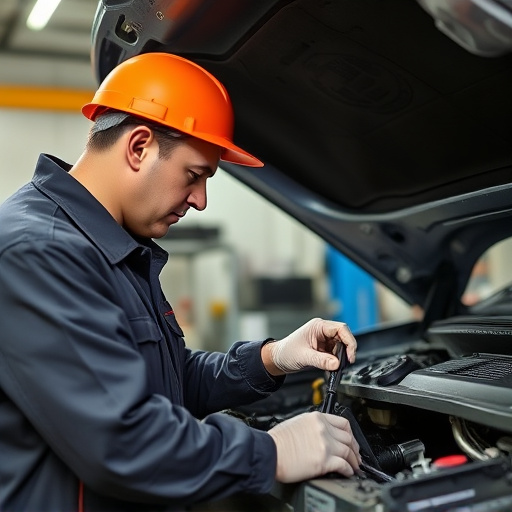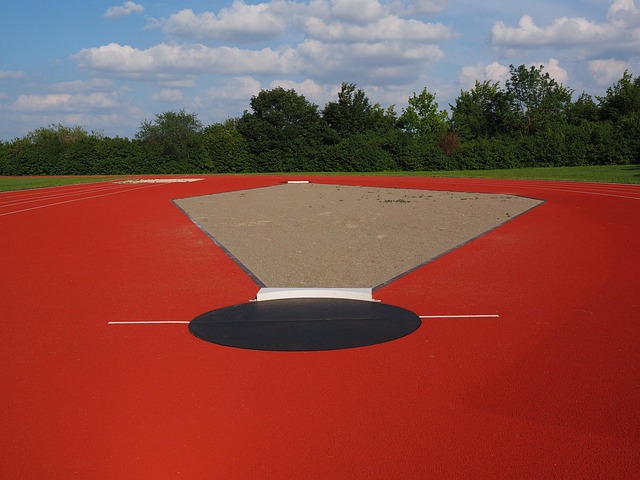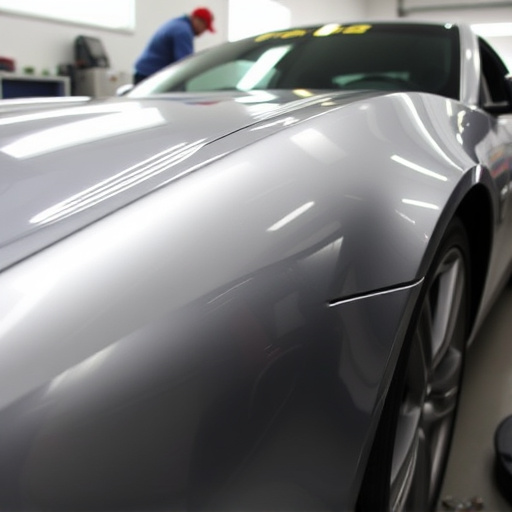Tesla's commitment to exceptional repair quality control involves a multi-step approach with advanced technologies like 3D scanning and CAD software for precise measurements against factory specs. This reduces errors, turnaround times, and enhances customer satisfaction while solidifying Tesla's position in the competitive vehicle body shop market. Strategic initiatives include comprehensive training programs, efficient inventory management, digital tools, and cloud-based platforms to streamline operations and minimize backlogs.
Tesla vehicles, known for their innovative technology, demand meticulous repair quality control (QC) to maintain their iconic performance. Understanding Tesla’s repair QC processes is crucial as it significantly impacts turnaround times. Rigorous QC ensures precision and efficiency, reducing wait times. This article explores the intricate relationship between Tesla repair QC and turnaround, offering insights into strategies to optimize both. By implementing efficient practices, repair centers can enhance customer satisfaction while upholding Tesla’s high-quality standards.
- Understanding Tesla Repair Quality Control Processes
- Impact of Rigorous QC on Turnaround Times
- Strategies to Optimize Turnaround While Maintaining Quality
Understanding Tesla Repair Quality Control Processes
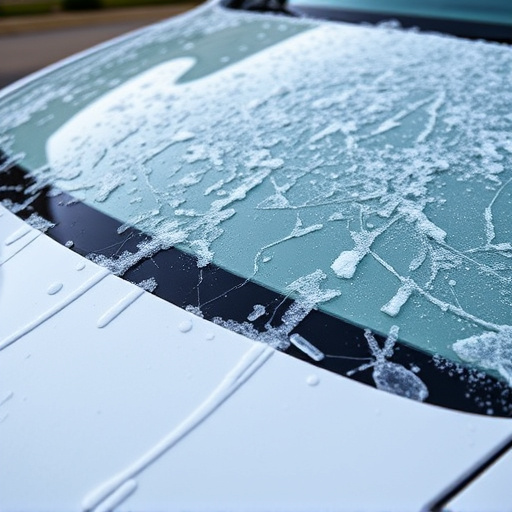
Tesla’s repair quality control processes are designed to ensure that every vehicle that leaves their facilities meets the company’s high standards. This involves a multi-step approach, starting with meticulous diagnostics to identify any issues, followed by the use of specialized equipment and genuine Tesla parts for repairs. The process isn’t just about fixing damages; it aims to restore the vehicle to its pre-accident condition, preserving its original aesthetics and performance.
Quality control teams at Tesla are trained to conduct thorough inspections, utilizing advanced technologies such as 3D scanning and computer-aided design (CAD) software to measure and compare repairs against factory specifications. This rigorous quality control not only ensures the accuracy of autobody repairs but also plays a significant role in reducing turnaround times. By minimizing errors and maximizing efficiency, Tesla aims to deliver vehicles to customers faster, contributing to improved customer satisfaction in the competitive vehicle body shop market.
Impact of Rigorous QC on Turnaround Times
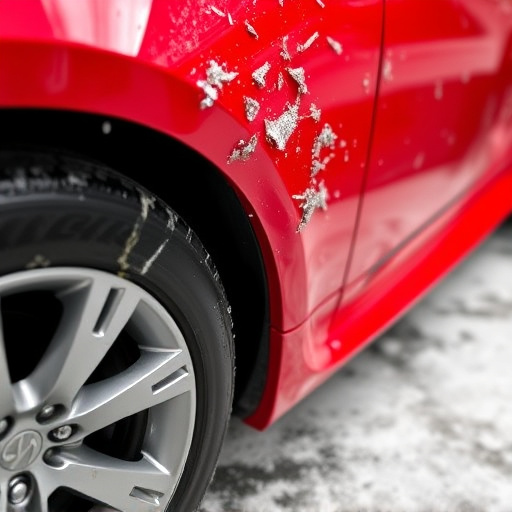
Rigorous Tesla repair quality control plays a pivotal role in significantly reducing turnaround times at collision centers and autobody repairs shops. By implementing strict QC procedures, technicians can identify and rectify issues early on, streamlining the repair process. This meticulous approach ensures that each step of the restoration is executed with precision, minimizing backlogs and delays caused by reworks or additional repairs.
Well-established quality control measures act as a filter, catching potential problems before they escalate. This proactive strategy not only expedites the overall turnaround time but also enhances the final outcome of car body repair work. Satisfied customers benefit from faster service, while collision centers gain efficiency and cost savings through optimized workflow management.
Strategies to Optimize Turnaround While Maintaining Quality

Optimizing turnaround time while upholding superior Tesla repair quality control is a delicate balance, but it’s achievable through strategic approaches. First, implementing robust training programs for technicians ensures they’re adept at handling Tesla models’ intricate systems and unique repair processes. This involves staying current with Tesla’s latest technologies and updates to minimize errors and delays.
Additionally, efficient inventory management plays a pivotal role. Vehicle body shops should streamline their parts acquisition process by fostering strong relationships with reliable suppliers, ensuring readily available genuine Tesla components. Leveraging digital tools for communication and documentation can also expedite the repair journey. Seamless collaboration between technicians, estimators, and customers through cloud-based platforms facilitates quicker decision-making, reducing turnaround time without sacrificing quality in vehicle collision repair or bodywork services within a vehicle body shop.
Tesla’s commitment to rigorous repair quality control significantly influences turnaround times, ensuring customer satisfaction. By implementing efficient processes and maintaining high standards, Tesla can streamline repairs without compromising on the quality of its iconic vehicles. Through a balance of strategic optimization, the company continues to lead in both customer experience and operational excellence, setting a benchmark for the automotive industry in terms of repair turnaround and quality control.

